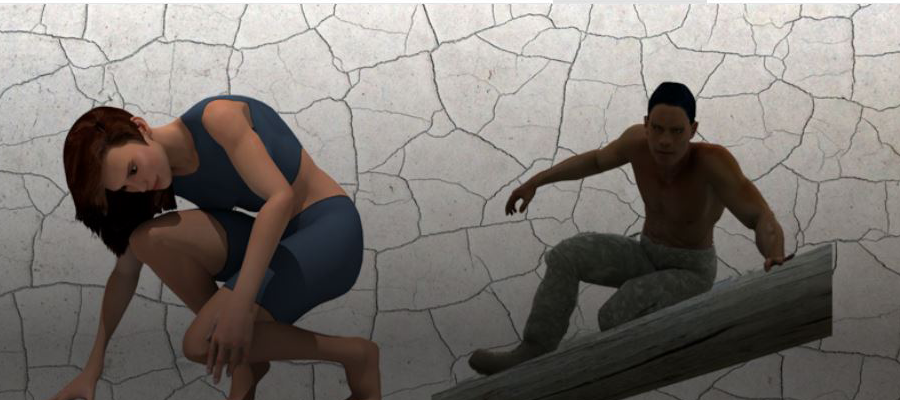Abstract
The need for nimble, eco-friendly transportation solutions in metropolitan areas continues to rise. To meet this need companies have begun to design and manufacture small profile, high payload, electric scooters. Yet, balancing the claim space requirements for payload, mechanical systems, and the battery pack while also maintaining effective occupant packaging considerations is a challenge. The claim space required for a battery that can sustain a sufficient driving range (>150km) directly influences the shape and size of the rear chassis. However, the size and shape of the rear chassis also influences the potential for an occupant’s heel and calf to catch under the rear chassis when raising or lowering a foot for balance during common vehicle maneuvers.
The aim of this analysis was to identify possible collision points between the heel or calf of a 50th and 95th percentile male stature occupant and the rear chassis when lowering a foot towards the ground when the scooter was in upright and tilted by 30° positions (turning).
Santos Pro™ (SantosHuman Inc., Coralville, IA) was used to model the required occupant behaviors. The Zone Differentiation tool then generated a range of motion volume map for the calf and heel assuming a seated occupant posture. The volume map was overlaid on the geometry to assist the engineering team in visualizing possible collision points for each avatar. The engineering team was able to revise the geometry for the rear chassis to reduce overlaps with the heel and calf volume map, while also maintaining minimum claim space needs for the battery pack. The improved rear chassis design was then imported into the Santos Pro™ software to visualize and verify the reduction of potential collision locations.
Santos Pro™ provided a time-efficient design-on-the-fly method to understand the potential severity of, and to correct, a heel and calf clearance concern within early-stage CAE. By evaluating the clearance concern proactively, the problem was quantified and solved within days, prior to costly physical prototyping and human testing.
Keywords: scooter, upstream design, computer aided engineering (CAE), virtual prototyping
How to Cite:
Fischer, S. & Davidson, J. & Veerasammy, S., (2022) “Using Santos Pro™ trade-off analysis to inform the rear chassis design of a novel electric scooter”, Proceedings of the 7th International Digital Human Modeling Symposium 7(1): 35, 1 page. doi: https://doi.org/10.17077/dhm.31743
Rights: Copyright © 2022 the author(s)
Downloads:
Download PDF
View
PDF

